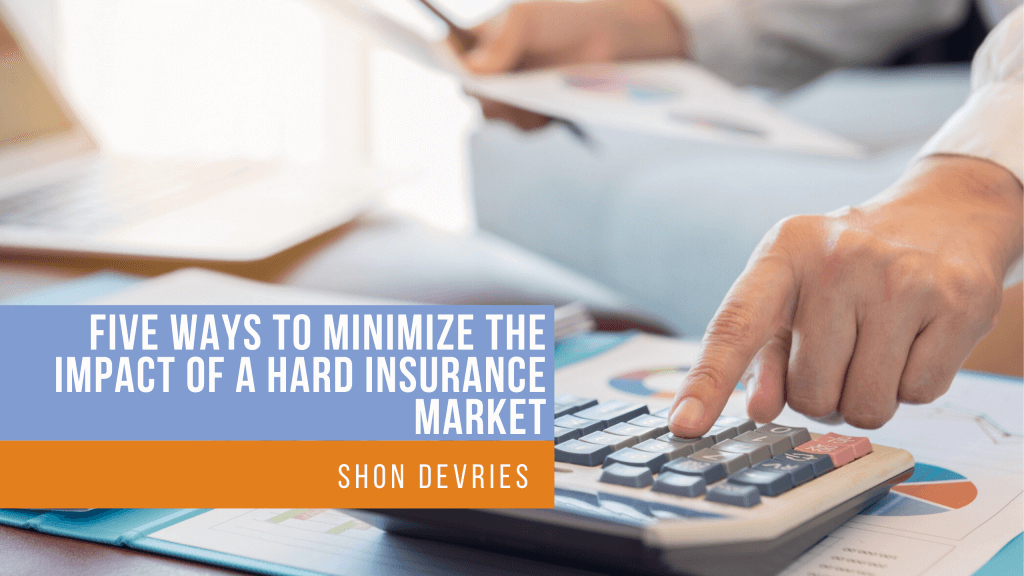Propel provides innovative insurance solutions to thousands of companies across the country. We make it our business to know your world inside and out.
Claims & Risk Management
Five Ways to Minimize the Impact of a Hard Insurance Market
When you run a business, you have to squeeze the most value out of every dollar. That’s true for your insurance coverage too, and it’s especially crucial when rates are going up and the market is hardening.
Like right now.
According to MarketScout, in the third quarter of 2019, commercial property and casualty rates rose 4 percent. Commercial property rates were up 4.5 percent, and commercial auto rates were up 6.5 percent. This upward trend is expected to continue through 2020 and has already resulted in double-digit rate increases for many businesses in the first quarter 2020.
Why is the market hardening?
Generally, rates go up as insurance industry profitability goes down – either due to higher than expected losses, lower than expected investment returns, or both.
Over the past few years, the property insurance industry has been hit with more catastrophic losses than expected, including more than $90 billion in losses from the California wildfires and hurricanes Harvey, Irma, and Maria. The commercial casualty market is also hardening, in part due to skyrocketing cyber liability and employment practices liability litigation.
What should you expect?
In addition to higher rates, insurance carriers are less willing to take risks in a hard market. They tighten their underwriting standards, become more selective and offer less coverage. They may non-renew companies that don’t have good loss experience.
Fortunately, there are steps you can take to soften the blow.
In a hardening market, timing is critical. To make your business a more desirable risk and to minimize potential rate increases, you should implement the following strategies at least 150 to 180 days prior to renewal:
- Review your risk financing strategy for each line of coverage. Look at policy limits, deductible levels and claims experience. Model various scenarios to see how different deductibles will impact your out-of-pocket costs. Should you consider a guaranteed cost program, or can you reduce cost by retaining risk? Should you consider a loss sensitive approach such as a high deductible program, a captive, or a self-insured program and how do you determine the right level of retained risk to minimize long-term costs? Adjustments here can significantly impact your costs, so it’s important to get the structure right.
- Review your contractual risk transfer processes. One of the most critical parts of a risk management program is transferring risk to vendors, suppliers and subcontractors through carefully worded contracts. If you can’t demonstrate to insurers that you are transferring the risk of subcontractor/vendor negligence, insurers will assume you are retaining that risk. Demonstrating sound risk transfer requires an organized system that tracks certificates of insurance, additional insured endorsements, policy expirations and subcontractor/vendor compliance. Showing underwriters that your risk transfer practices are sound will have a positive impact on your liability premiums.
- Tidy up open claims. Your claims should be cleaned up at least six months in advance of your policy renewal. Check to ensure that reserves have not been overstated and that inactive claims aren’t still open. If a claim is not progressing toward resolution, request a claim review to brainstorm potential solutions and cost containment strategies with the claims adjuster(s). This is particularly important for workers’ compensation claims since workers’ compensation insurers provide unit statistical reporting to NCCI six months prior to renewal, so minimizing claim costs can have a major impact on your experience modification.
- Sharpen your safety and loss prevention efforts. Conduct a thorough review of your safety program and recent losses. Review loss trends and the reasons behind them. Take proactive steps to address the issues causing claims. If necessary, conduct field inspections to ensure policies are being followed. Collect data to measure your results and be prepared to explain how your loss prevention efforts will prevent any past large losses from occurring again.
- Tell your story to carriers. When the market is hardening, underwriters reserve their best pricing for the insureds who can demonstrate solid risk management practices. You and your insurance agent or broker team need to have a strong story with solid evidence to illustrate why your company is an attractive risk. Provide your insurance team with information to support the steps described above. When appropriate, join your agent or broker in meeting with underwriters because nobody tells your story as well as you. Be prepared to show that you’re proactively preventing claims and mitigating the impact of claims that have already occurred. That’s what it takes to minimize the effects of a hard market.
The hard truth is that your rates will most likely go up at your 2020 renewals – even with these measures. However, by making yourself a more attractive risk, you can reduce the chance of having your coverage cancelled and you can take control of the total cost of risk and navigate the hard market better than your competitors.
Need another surefire strategy? Call the Propel team at least six months prior to renewal – even if you’re not currently a customer. We have a certificate management tool, a risk transfer audit service, a complimentary claims audit and other tools to help you.

Shon DeVries
Alternative programs, innovative solutions, detailed advice, collaborative process…not always the phrases associated with public entity insurance and risk management for major construction projects. Yet these are the tools Shon uses every day at Propel to help make his clients more successful. As a 25-year veteran of the insurance and risk management industry, Shon has benefited from his experience addressing risk from many different angles.
More about Shon...


